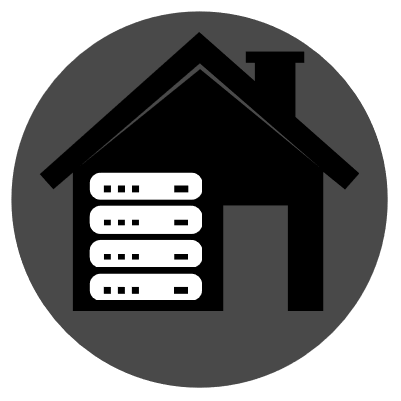I’m in the process of setting up homelab stuff and i’ve been doing some reading. It seems the consensus is to put everything behind a reverse proxy and use a vpn or cloudflare tunnel.
I plan to use a VPN for accessing my internal network from outside and to protect less battle tested foss software. But I feel like if I cant open a port to the internet to host a webserver then the internet is no longer a free place and we’re cooked.
So my question is, Can I expose webserver, SSH, WireGuard to the internet with reasonable safety? What precautions and common mistakes do I need to watchout for.


Yes, yes, and yes. Though in all three cases, you would want to have some sort of filtering and IPS in place, like fail2ban or similar, at an absolute minimum. There are port scanners of all kinds scanning for vulnerable software that can be exploited. Some people suggest changing the port numbers away from the default, and while security through obscurity can be a valid tactic, it alone is not a layer of your security onion.
A reverse proxy plus tunnel is a reasonable default recommendation because it is easy and prevents a large class of low-effort attacks and exploits, but tunneling has its drawbacks such as adding a component that exists outside of your direct control. Reverse proxying on your own ISP is also workable, as it means just one point of entry to reinforce with logging and blocking.
The Internet is still (for now) a free place, but just like with free speech, effort must be expended to keep it free. The threats have increased and while other simpler options have arisen to fill demand for self hosting, this endeavor is about investing sufficient time and effort to keep it going.
In my estimation, it is no different then tending to a garden in the face of rising environmental calamities. You can and should do it, so long as you’re fully informed about the effort required.